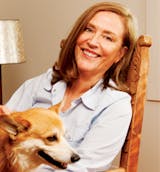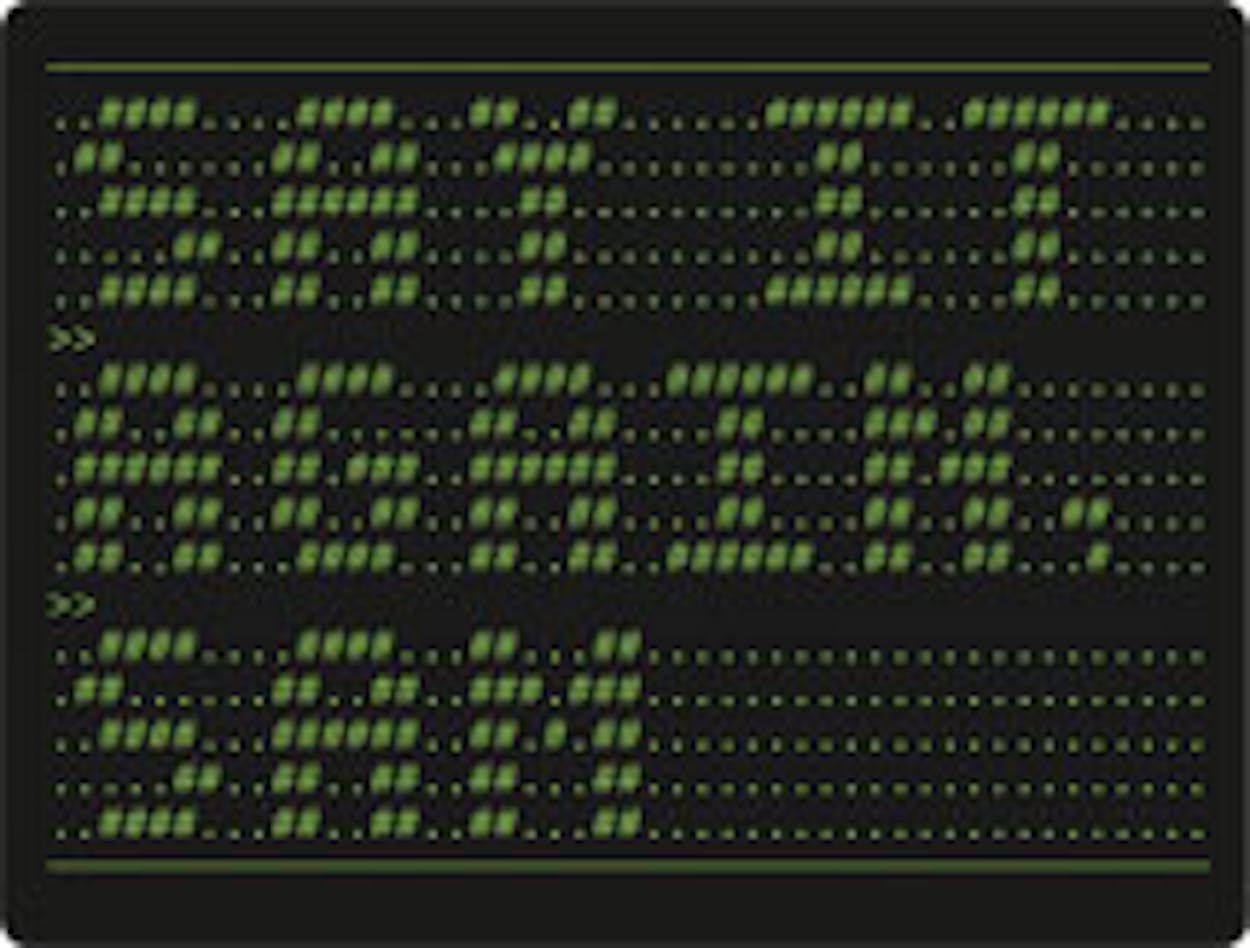Victorian writers, they make me feel like such a whiny underachiever. Let’s take Charles Dickens for one insanely productive example. He scratched out dozens of books, a ridiculous number of short stories, articles, essays, tweets, blog posts, and uncounted tech manuals, from “Quill 2.0 for Dummies” to “Dip Your Nib Into Ink Pot Express!” And all by hand, which meant that when Chuck wisely decided to change a protagonist’s name from Jayden Chastain to David Copperfield, he couldn’t just hit “find and replace.”
Even with their hand-scrawled towers of foolscap, though, I don’t recall any of the Victorians complaining about carpal tunnel syndrome. Yet here I am, braces on both wrists, pertinent digits snug in wee splints of my own manufacture, whimpering like Glenn Beck. I should be heartier; I started out on a manual typewriter that required the strength of a blacksmith. Mistakes had to be painstakingly erased. Liquid Paper was an advance hailed not just by those of us who enjoyed huffing it.
Let me now sing the body Selectric, with its twirling silver golf ball. But no typewriter, not even the Selectric, was much use when I contemplated writing romance novels. It is one thing to laboriously type five or six drafts of a delicately nuanced four-hundred-page manuscript as you try to figure out if you should wear thermal underwear beneath your evening gown when you accept your Nobel Prize in Literature. It is another matter entirely when you don’t necessarily want to set eyes on what you’ve written ever again.
I told a friend my problem, and her husband, some kind of genius with what I believe were called “numbers” back then, piped up, “What you need is a computer.”
Always one to encourage wordplay among our friends from the counting culture, I laughed at his merry riposte. “Good one. ‘Computer.’ I’ll just erect an airplane hangar in the backyard to house it in and you can show me how to punch cards.”
I see myself as I was at that watershed moment: a pair of giant, squeegee-ready glasses perched on my nose; my hair flipped out in saucy Farrah Fawcett wings on either side of my head like a Dutch girl’s cap. Maybe I wore a pair of leg warmers. Certainly there were clogs. “Follow me,” he said.
In his workroom, I beheld the first and last computer that was truly beautiful. The size and weight of a home safe, it was enshrined in a wood cabinet with a luster so rich it might have been dipped in melted butter. Only a tiny black screen kept it from being featured in an Ethan Allen catalog. Its hand-rubbed grain glowed softly as my friend’s husband whispered, “You’ll never have to retype the whole manuscript again.”
“How much?”
“Three thousand two hundred. With a daisy wheel printer.”
Let me translate that sum into today’s dollars. When you factor in that I was pulling down $7,200 per annum at my state job as an Information Specialist I, then adjust for the fact that I was such a tightwad I would rewind typewriter ribbons for a second use, that comes out to, approximately, one buttload of dollars. American.
We used a wheelbarrow to move my new steam-powered computing machine into the house. Made another trip for the daisy wheel printer. And a third one for the WordStar I technician manual. I studied it for an entire week to learn the keyboard commands necessary to harness the mouseless machine’s 64 throbbing kilobytes of RAM and inscribe words onto its eight-inch floppy disks.
I would still be peering at green phosphorescent letters dancing like Halloween skeletons across the black periscope-size screen had the miracle machine not gone down in flames. One day actual flames poured out of the disk drive, overburdened from years of spinning a disk that was truly as floppy as novelty fake vomit while it strained to “^KS”—“save”—all that smoldering romance-speak.
My friend’s genius husband replaced the charred apparatus with the world’s second “portable computer,” the Kaypro. The Kaypro was portable in exactly the same way as a sewing machine: You did not want to be sitting in an aisle seat while an imbecile with a fresh hernia tried to heave one into the overhead luggage bin. Decades of forgettable computers followed, their passing marked only by the pair of braces on my hands.
This time when I whined to the genius—who had connected early with Dell and had long since become someone else’s husband—he advised, “VRS. Voice recognition software.”
I loved VRS. Loved wearing a headset, speaking into the curl of microphone. Loved seeing my words magically appear while my hands did things like rub lotion into each other. Problem solved until a friend called and asked, “Who is Bob Ogden and why are you bringing his douche to my party?”
Closer study revealed that VRS had decided that the potluck contribution I’d proposed by e-mail was dull and uninspired and so had transformed “baba ghanoush” into “Bob Ogden’s douche.” VRS also did his best to make me more family-friendly. Under his watch, all sexual references were proper-nouned into Dix, Kant’s, Palacio. He insisted that, if they must, my characters would “take it up the asked.” He did not approve of overfamiliarity and turned my sloppy “XO, Sarah” into a crisp “textile expo, Sarah.”
When VRS took to adding his own demoralizing judgment on the afterthoughts I appended to e-mails, downgrading “P.S.” to “people hate us,” I recognized it for what it was—an opening volley in the Machine Revolt. I had no choice but to shut down VRS in order to save the human race. You’re welcome.
Perhaps I’ll write my next novel with a set of alphabetized branding irons that I press into hide I’ve chewed to a soft pliancy. That would fit the new circumstances I will soon find myself in: living fellowship-funded on the Dobie-Paisano Ranch. Since I’ll be loading the wireless router into the Conestoga wagon soon, this is my forty-fifth and final appearance on the back page. From here on out, look for me from time to time inside the magazine. It has been the surprising joy of my career to write this column and work with dream editor Evan Smith. It was more fun than a barrel of javelinas documenting everything from surviving the college tour to bumping into billionaires at the pet store, negotiating Houston high society, and hiring out as a lab rat.
That irresistibly funny bon vivant and purveyor of arch advice on all that is right and Texan—redundant?—the Texanist himself, David Courtney, will take up residence here next month. So come and seek the true path to Lone Star satori in this space. Or, as VRS would have it, the path to “lodestar saw Tori.”









